A Brachiosaurus was a giant long-neck dino with a crest on top of its head. Many paleontologists believe the crest had nasal openings for the Brachiosaurus to use as a snorkel. This adaptation would have helped it cross deep waterways safely and look cool!
Table of Contents
Some Quick Facts About the Brachiosaurus
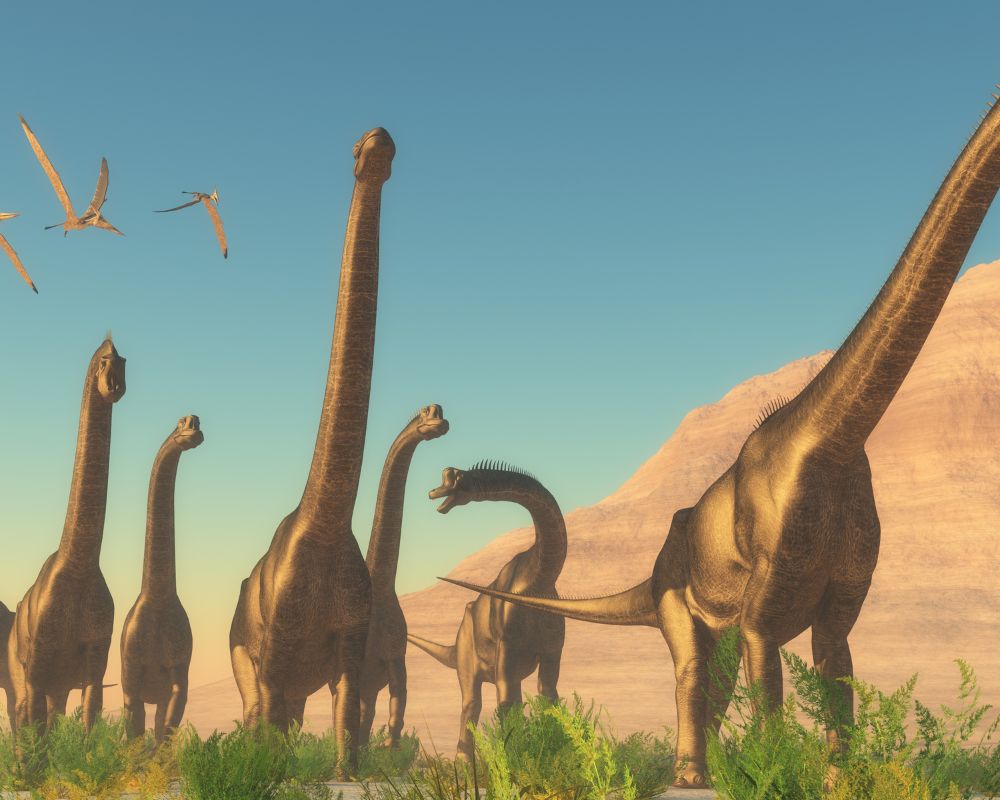
| Name | Brachiosaurus altithorax (Arm lizard with a deep chest) |
| Type of dinosaur | Long neck Sauropoda dinosauria |
| Territory | Forested plains of western North America |
| Size | Huge, 59-72 feet long, almost 30 feet tall |
| Color | Grayish brown top, cream underbelly |
| Interesting Characteristics | Nasal crest and a long neck like a giraffe |
| Diet | Herbivore |
| Major Threats | Climate change, loss of food source |
The Brachiosaurus was a huge herbivore that lived in North America. It had a very long neck and long legs. Its forelimbs were so much longer than its hind legs that paleontologist Elmer S. Riggs named it Brachiosaurus or “Arm lizard.”
When and Where Did the Brachiosaurus Live?
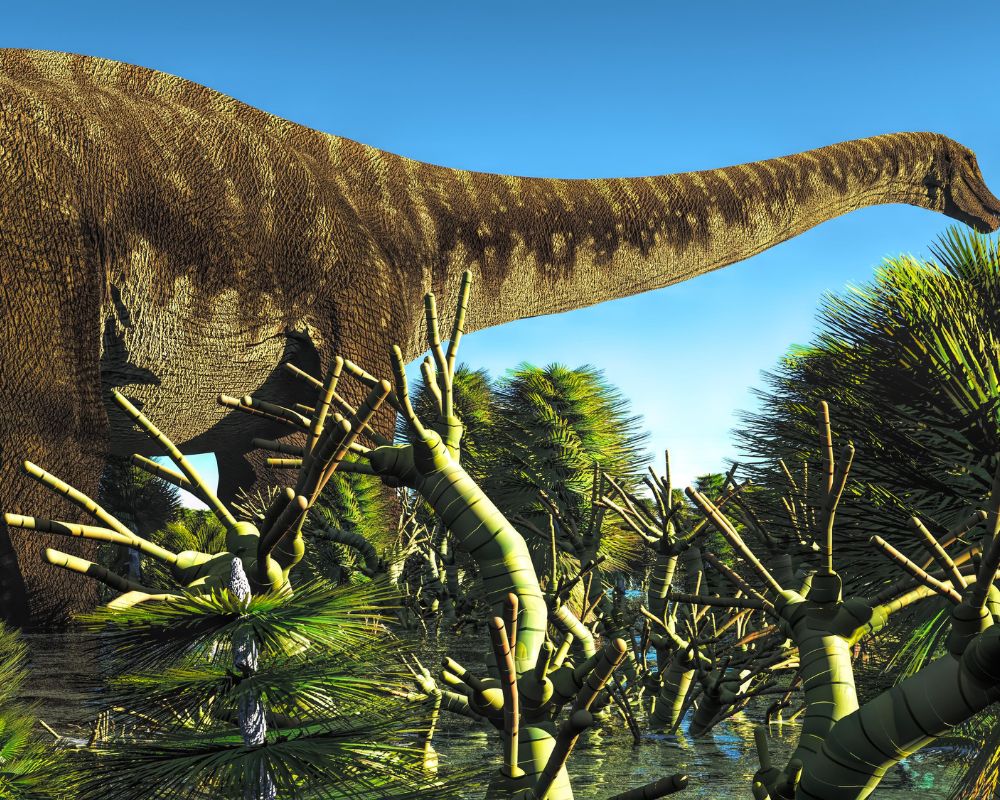
The Brachiosaurus lived in North America about 161-145 million years ago. This is both in the Late Jurassic period and the beginning of the Cretaceous period. This amazing Sauropod dinosaur roamed what is now Colorado, Oklahoma, Utah, Wyoming, and neighboring states.
Some of the largest dinosaurs lived simultaneously as the Brachiosaurus in North America. Apatosaurus, Brontosaurus, and Diplodocus all lived together. These huge Sauropods looked similar, but the Brachiosaurus was the only one with a nasal crest.
Allosaurus and Ceratosaurus remains were found in the Morrison Formation with Brachiosaurus fossils. Because these Sauropods were so big, most predators left them alone. But Allosaurus and Ceratosaurus would eat their carcasses like vultures help keep nature clean today.
What was the Brachiosaurus’s Favorite Food?
The Brachiosaurus ate leaves from the tops of massive Jurassic trees. The Brachiosaur’s favorite food was the prehistoric Ginkgo trees. These trees flourished until the beginning of the Cretaceous period.
Modern-day Ginkgo has been the same for about 80 million years. Unfortunately for the Brachiosaurus, Jurassic period Ginkgo died out about the same time this dino and other large Sauropods went extinct. This food loss happened because of climate change, which was the reason for the Brachiosaur’s extinction.
What Dino was the Brachiosaurus Related to?
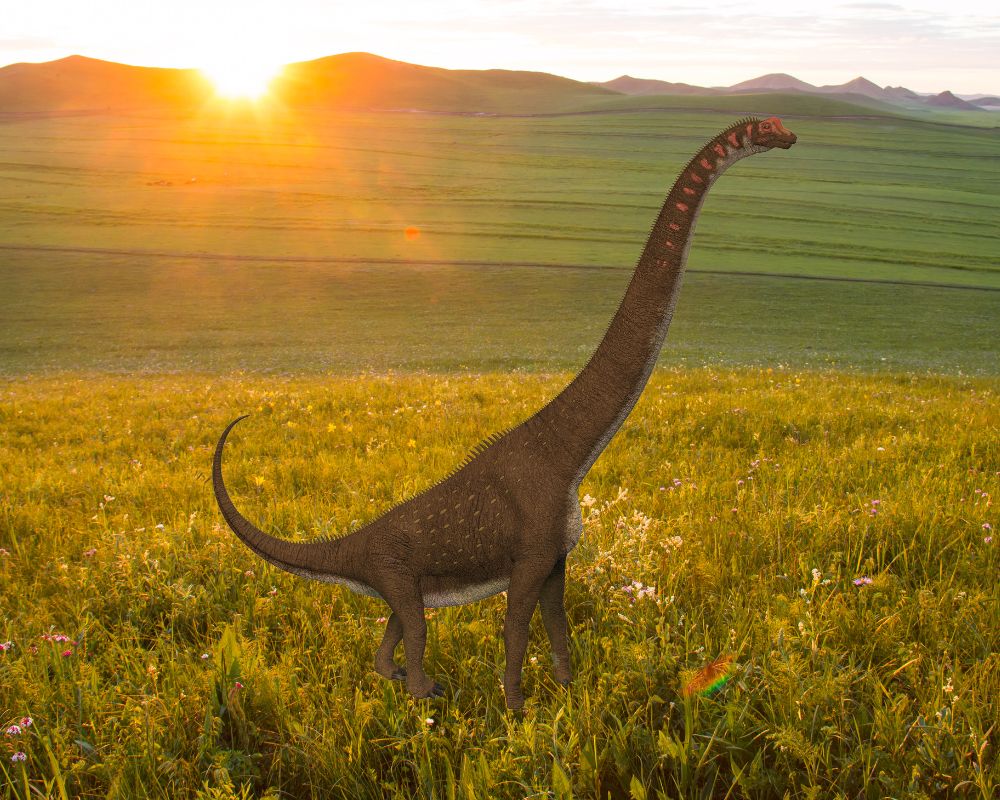
The Brachiosaurus is related to an African Sauropod Giraffatitan. Giraffatitan and Brachiosaurus were very similar looking. When Giraffatitan appeared in 1907, paleontologists first identified it as the dinosaur Brachiosaurus. The original scientific name was Brachiosaurus brancai, and the North American species was B. altithorax.
By 1914, paleontologists realized the fossil found in Tanzania, Africa was a new dinosaur. In 1988, the subgenus Giraffatitan was created. It wasn’t until 2009 that paleontologist Michael P. Taylor confirmed that Giraffatitan should be its own genus, separate from Brachiosaur.
Was the Brachiosaurus bigger than the T-rex?
The Brachiosaurus was much bigger than the T-rex. The Tyrannosaurus was only about 40 feet long and around 12 feet tall. The Brachiosaurus was over twice as tall and almost twice as long!
The Brachiosaur also weighed a lot more than T-rex. T-rex was 15,000 pounds or 7 metric tons. The Brachiosaurus was between 28 and 46 metric tons. That’s over 100,000 pounds!
The Brachiosaurus was one of the largest dinosaurs to ever roam North America. Although it was gone long before the T-rex appeared, even the Tyrannosaurus wouldn’t dare challenge the Brachiosaurus. The 12-foot-tall T-rex barely reached the height of the Brachiosaur’s chest!
Comparison with Other Dinos: Apatosaurus, Diplodocus, and Brontosaurus
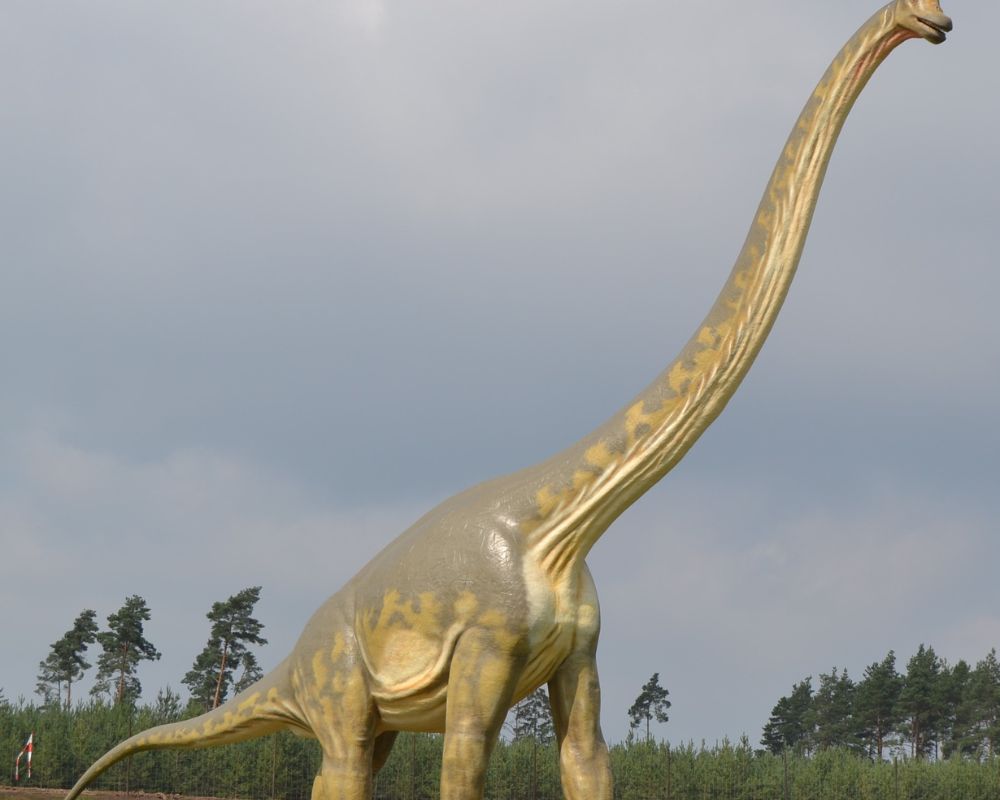
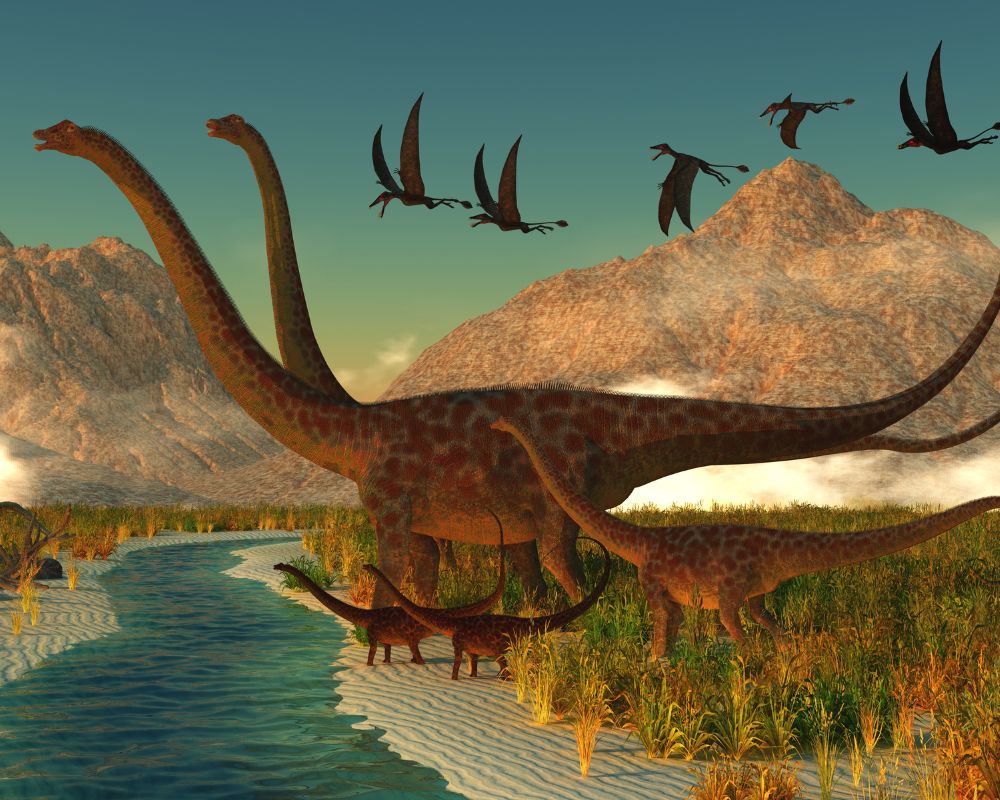

Because of their large size and similar look, Apatosaurus, Brontosaurus, and Diplodocus are often grouped with Brachiosaurus, but Brachiosaurus is from the family Brachiosauridae. The other large Sauropods are from the Diplodocidae family.
Diplodocidae includes the Diplodocus, which has a long neck like the Brachiosaurus. Apatosaurus and Brontosaurus are from the subfamily Apatosaurinae. Apatosaurine dinos have much shorter necks.

